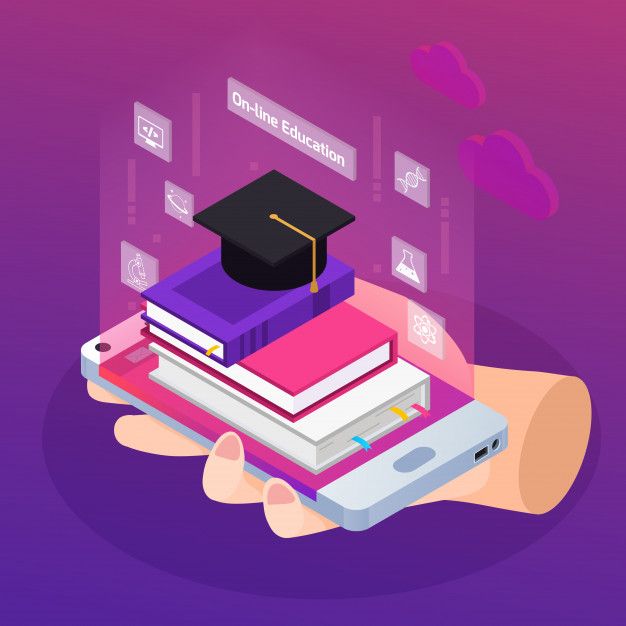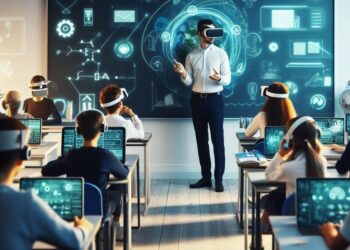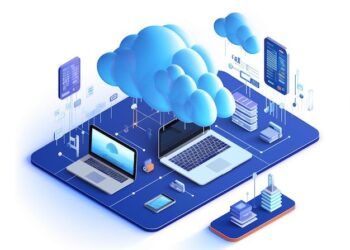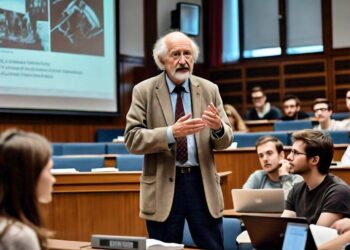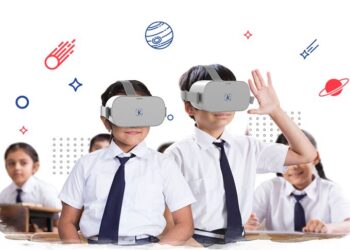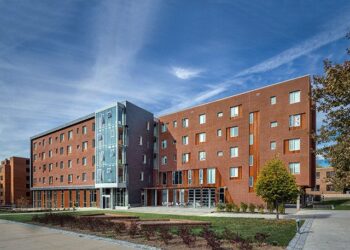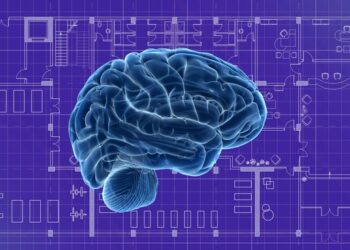The traditional classroom, a cornerstone of education for centuries, is undergoing a profound and necessary transformation. The one-size-fits-all model of a single teacher lecturing a group of passive students is rapidly giving way to a more dynamic, personalized, and effective approach: blended learning. This is not merely a trend or a temporary fix; it is a fundamental reimagining of the educational experience, merging the irreplaceable value of face-to-face instruction with the vast potential of online technology. For educators, students, and institutions, understanding and harnessing the power of blended learning is no longer an option, but a critical pathway to future success.
Blended learning masterfully combines in-person teaching with technology-mediated instruction, creating a cohesive learning journey where students have a degree of control over the time, place, path, or pace of their education. This isn’t about simply adding computers to the classroom; it’s a thoughtful integration of digital tools and in-person guidance to create a truly student-centric environment. As we navigate a world that demands adaptability, critical thinking, and digital literacy, blended learning emerges as the premier pedagogical model to equip learners with the skills they need to thrive.
This in-depth article will explore the multifaceted world of blended learning. We will dissect its core models, uncover the significant benefits it offers to both students and educators, and provide a strategic roadmap for its successful implementation. From fostering student autonomy to enabling data-driven instruction, discover how this revolutionary approach is not just changing education, but elevating it to new heights of engagement and achievement.
Why Blended Learning is the Future of Education
The shift towards blended learning is a direct response to the limitations of the traditional educational model and the opportunities presented by the digital age. The core drivers behind its widespread adoption are compelling and address the most critical needs of modern learners.
A. Catering to Diverse Learning Styles: Every student learns differently. Some are visual learners who benefit from videos and diagrams, others are auditory and prefer lectures or discussions, while kinesthetic learners grasp concepts best by doing. The traditional model struggles to cater to this diversity. Blended learning, however, allows for a rich mix of activities—online simulations, collaborative projects, interactive quizzes, and traditional instruction—ensuring that every student can engage with the material in a way that best suits their individual learning style.
B. Promoting Student Autonomy and Ownership: A key element of blended learning is the agency it gives students over their own education. By allowing them to control the pace of their learning, revisit difficult concepts as needed through online modules, or accelerate through material they’ve already mastered, students transform from passive recipients of information into active participants in their educational journey. This fosters a sense of responsibility, improves motivation, and builds critical self-management skills.
C. The Power of Personalized Learning Paths: Technology enables personalization at a scale previously unimaginable. Blended learning environments can leverage adaptive learning platforms that assess a student’s performance in real-time and adjust the curriculum accordingly. If a student is struggling with a particular concept, the system can provide additional resources and practice exercises. Conversely, if a student demonstrates mastery, they can move on to more advanced topics. This ensures that each learner is appropriately challenged, maximizing their potential and preventing the disengagement that comes from being bored or overwhelmed.
D. Developing Essential 21st-Century Skills: The modern workplace demands more than just rote memorization of facts. It requires critical thinking, problem-solving, collaboration, and digital literacy. Blended learning environments are a natural training ground for these skills. Online research, digital collaboration projects, and the use of various software tools are all embedded within the blended model, preparing students for the technological and collaborative realities of their future careers.
Core Models of Blended Learning: A Practical Guide
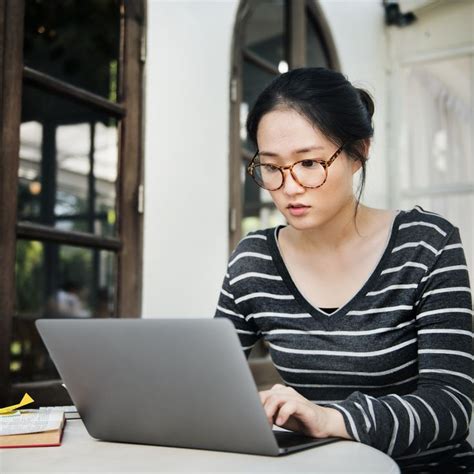
Blended learning is not a monolithic concept; it encompasses several distinct models that can be adapted and combined to suit the needs of a particular classroom, subject, or age group. Understanding these models is the first step toward effective implementation.
A. The Rotation Model: This is one of the most common models, where students rotate on a fixed schedule between different learning stations. At least one of these stations is an online learning activity, while others might include small-group instruction with the teacher, collaborative projects with peers, or individual desk work. A popular sub-model is the Flipped Classroom, where the traditional lecture and homework elements are reversed. Students watch instructional videos or engage with online content at home and then use class time for hands-on activities, projects, and collaborative problem-solving under the teacher’s guidance.
B. The Flex Model: In this model, the online platform serves as the backbone of student learning. Students move through a customized, fluid schedule among various learning activities, and the teacher provides support and instruction on a flexible, as-needed basis. The curriculum and content are delivered primarily digitally, and the teacher is available for small-group sessions, individual tutoring, and project-based work. This model offers a high degree of personalization and is well-suited for students who are ready for more independence.
C. The A La Carte Model: This model allows students to take one or more courses entirely online to supplement their traditional course load. This provides students with access to a wider range of subjects, such as advanced placement courses or languages, that may not be offered at their brick-and-mortar school. It gives students the flexibility to customize their education to align with their specific interests and academic goals.
D. The Enriched Virtual Model: This model is a blend that allows students to complete the majority of their coursework online but requires them to attend scheduled in-person learning sessions with a teacher. This is different from the A La Carte model in that the in-person sessions are a mandatory part of the course. It strikes a balance between the flexibility of online learning and the valuable face-to-face support and interaction that is crucial for many students’ success.
Implementing a Successful Blended Learning Program
Transitioning to a blended learning environment requires careful planning, robust infrastructure, and a commitment to professional development. It is a strategic shift that involves more than just purchasing new technology.
A. Establishing Clear Goals and Objectives: The first step is to define what you want to achieve. Are you aiming to increase student engagement, improve test scores, or foster greater student autonomy? Having clear, measurable goals will guide your implementation process and help you assess the effectiveness of your program.
B. Investing in Robust Technology and Infrastructure: Reliable technology is the foundation of any blended learning program. This includes ensuring that all students have access to devices and a stable internet connection. It also involves selecting a high-quality Learning Management System (LMS) to serve as the central hub for online content, assignments, and communication. The chosen technology should be user-friendly, reliable, and support your pedagogical goals.
C. Prioritizing High-Quality Digital Content: The effectiveness of online learning depends heavily on the quality of the digital curriculum. This content must be engaging, interactive, and aligned with learning objectives. Educators can create their own content, curate resources from reputable online sources, or utilize comprehensive digital curricula from educational publishers. The key is to ensure the material is not just a digital textbook but a rich, interactive learning experience.
D. Providing Comprehensive Professional Development: Teachers are the key to a successful blended learning implementation. They need ongoing training and support to effectively use the new technology, manage a blended classroom, and adapt their instructional practices. Professional development should focus on pedagogical strategies for blended environments, data analysis to inform instruction, and best practices for facilitating both online and in-person learning.
The Future is Bright and Blended
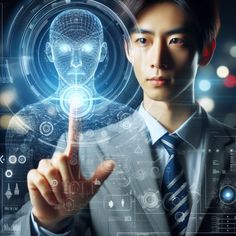
The digital transformation of education is accelerating, and blended learning is at the forefront of this movement. As technology, particularly artificial intelligence, becomes more sophisticated, the potential for creating truly adaptive and personalized learning experiences will grow exponentially. We can envision a future where AI-powered platforms act as personal tutors for every student, identifying knowledge gaps and providing targeted support 24/7, freeing up teachers to focus on higher-order thinking skills, mentoring, and social-emotional learning.
Ultimately, the power of blended learning lies in its ability to humanize education through technology. By automating routine tasks and providing rich data insights, it empowers teachers to better understand and connect with their students on an individual level. It transforms the learning process from a passive monologue into an active, engaging dialogue. By embracing this dynamic approach, we are not just preparing students for the future; we are creating a more effective, equitable, and inspiring educational experience for all

